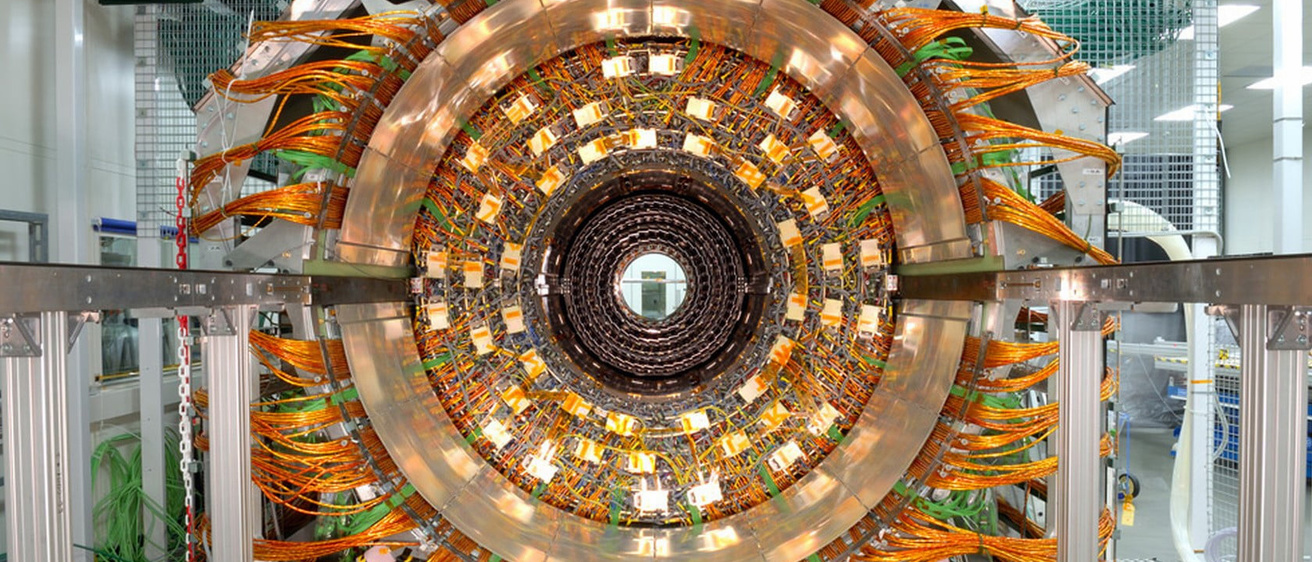Faculty Specializing in this Area
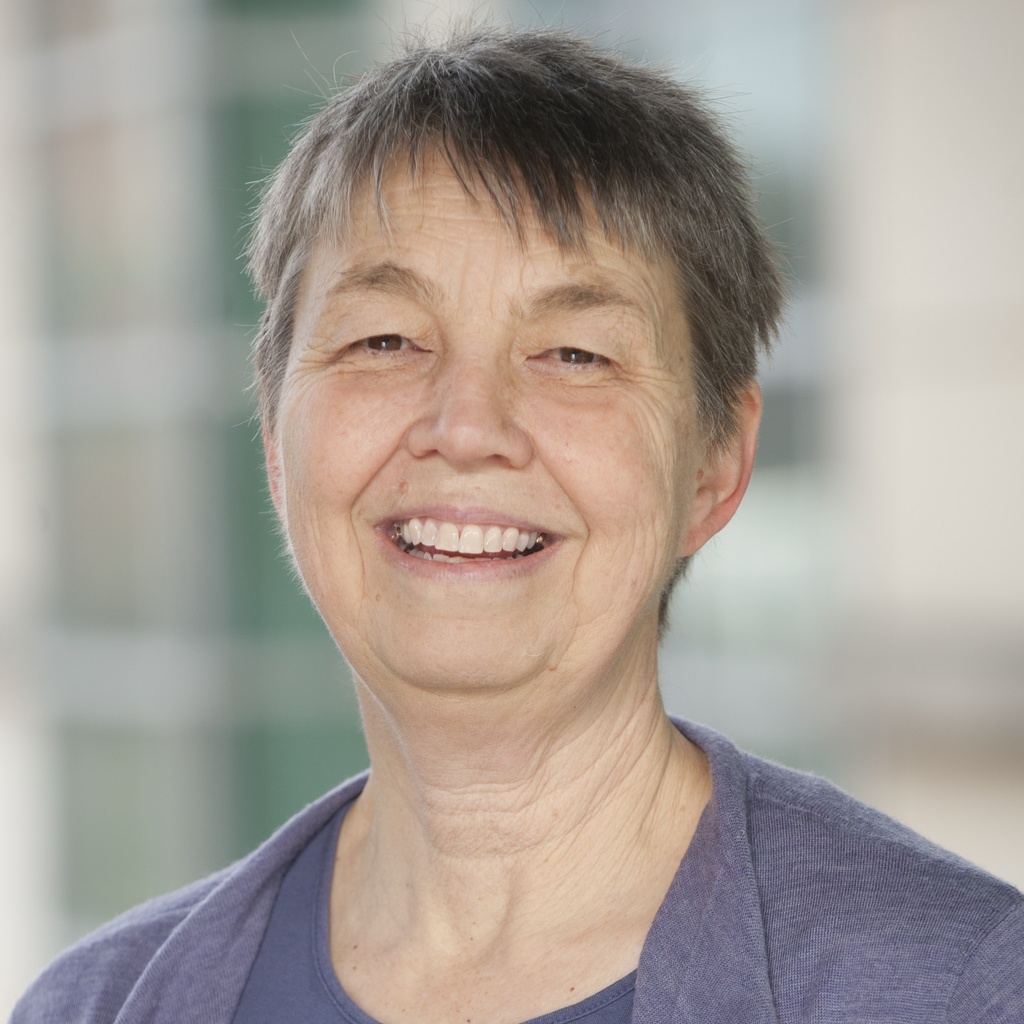
Mary Hall Reno, Ph.D.
Title/Position
Departmental Chair
Professor
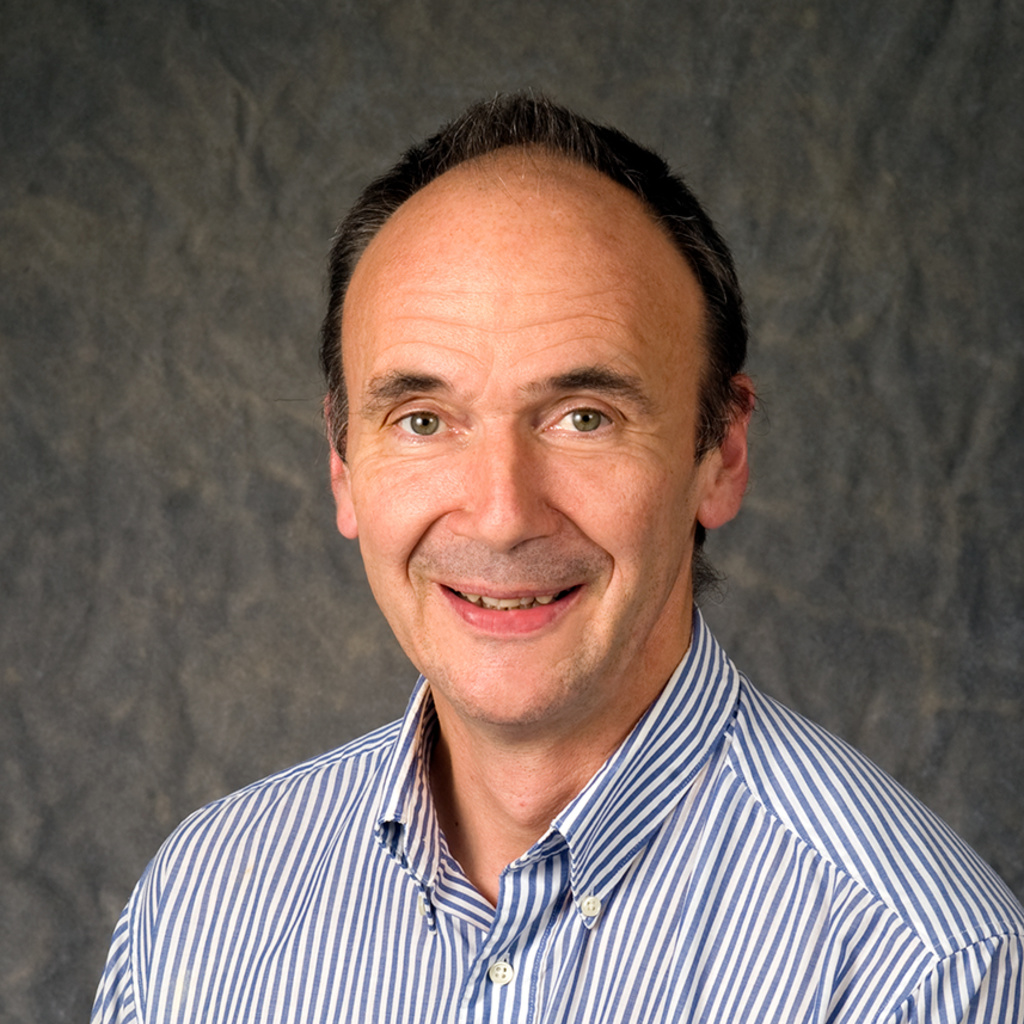
Yannick Meurice, Ph.D.
Title/Position
Professor
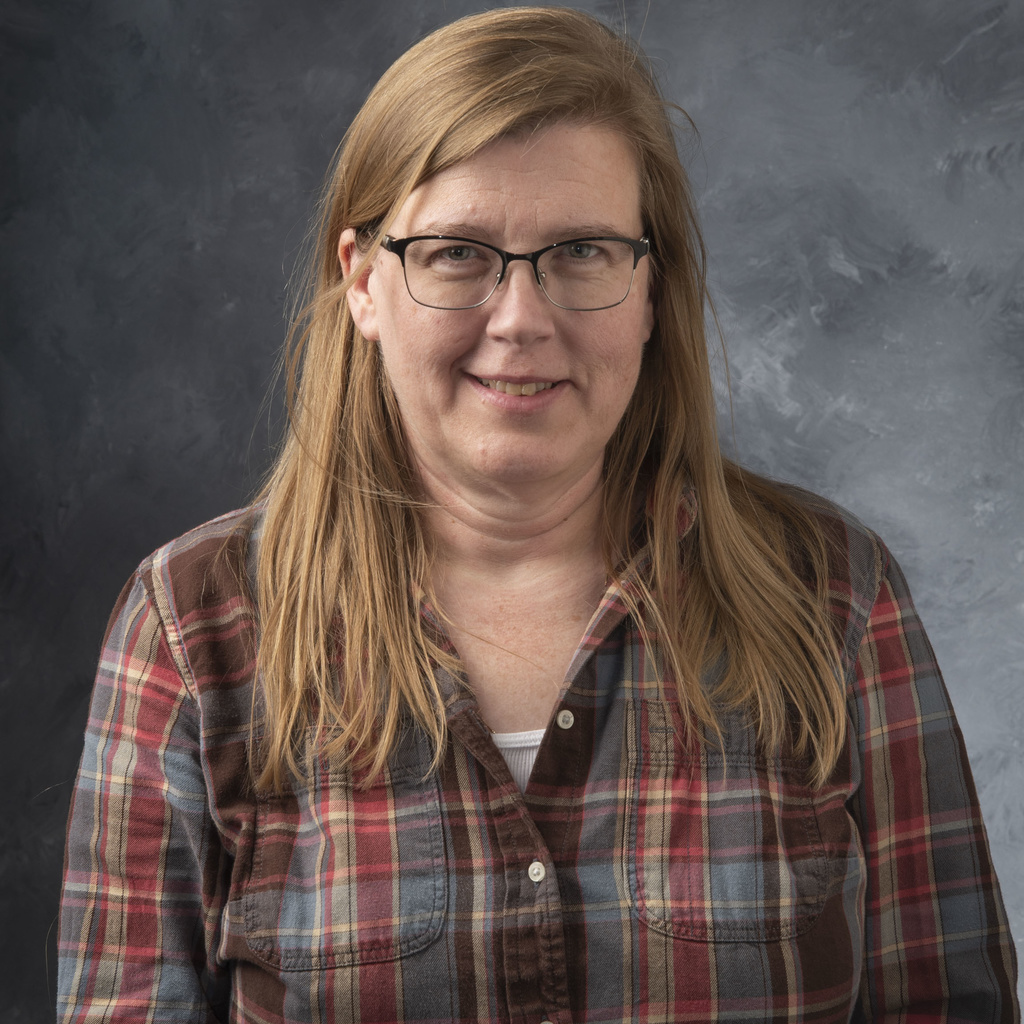
Jane M. Nachtman, Ph.D.
Title/Position
Director of Undergraduate Studies
Professor
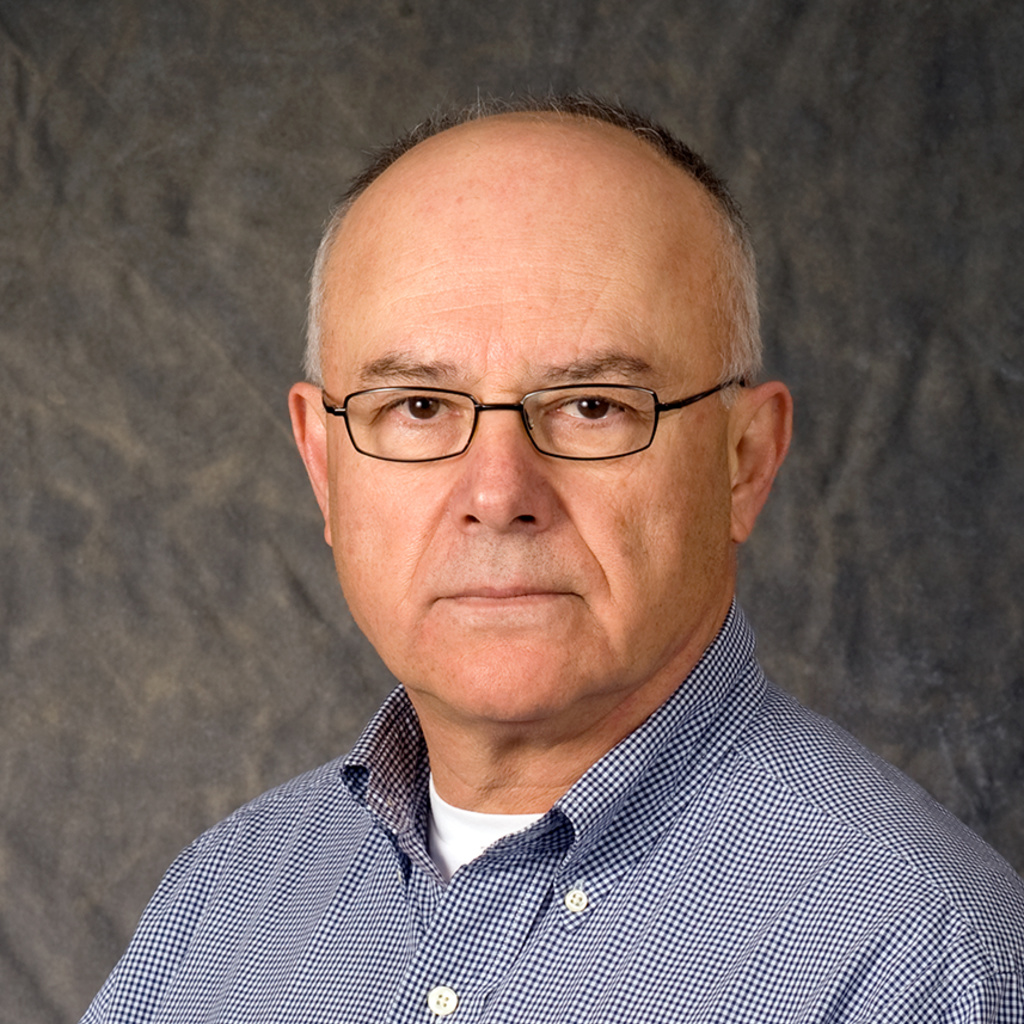
Yasar Onel, Ph.D.
Title/Position
Professor
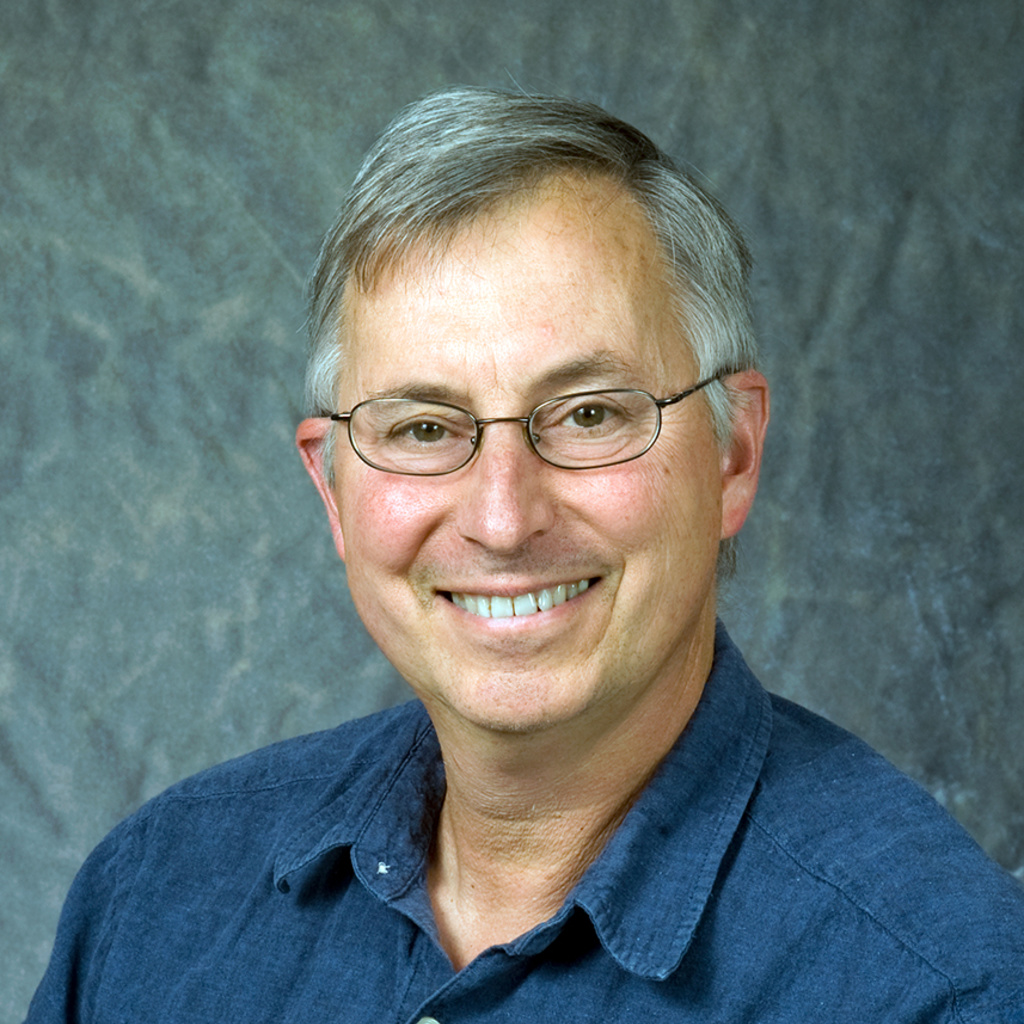
Wayne N. Polyzou, Ph.D.
Title/Position
Professor
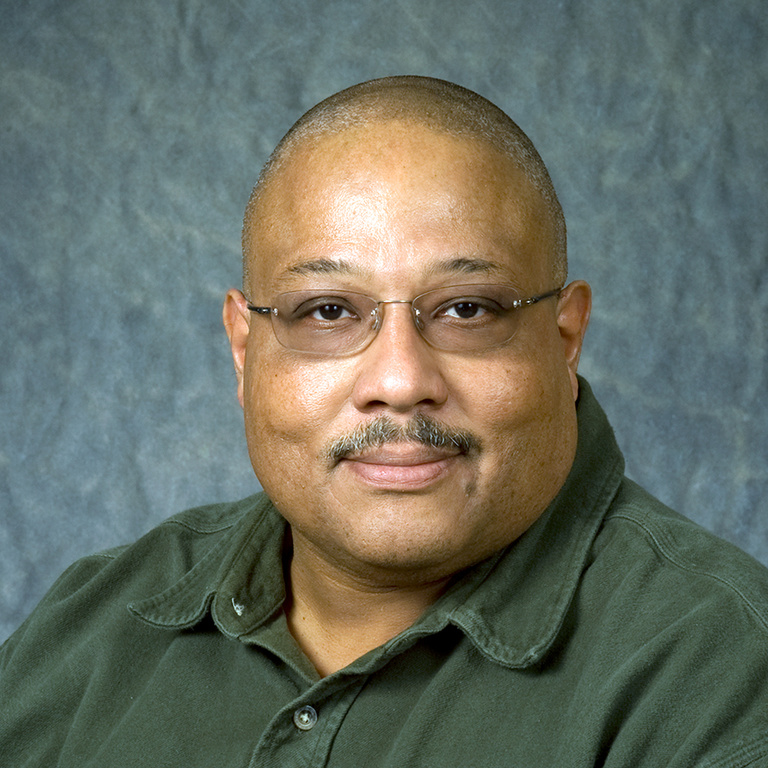
Vincent G.J. Rodgers, Ph.D.
Title/Position
Director of Graduate Studies
Professor
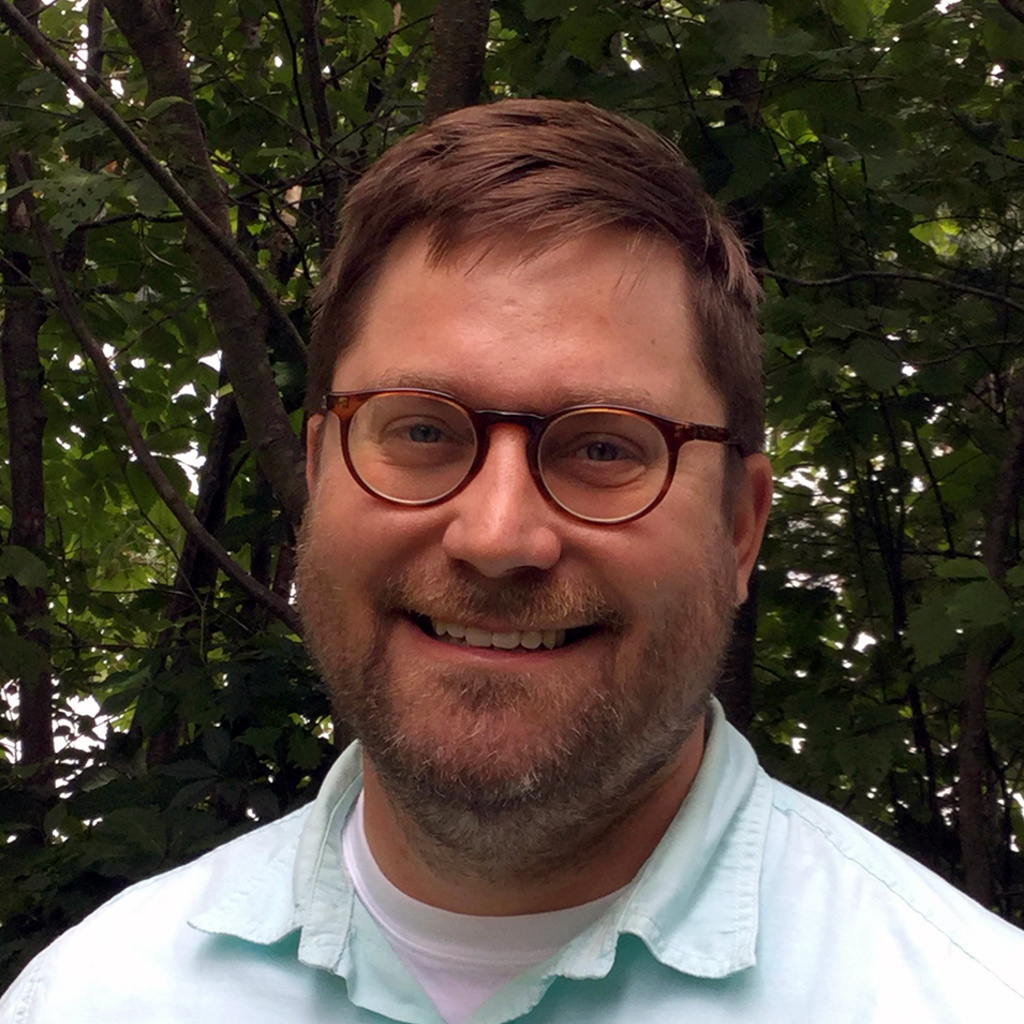
Kory Stiffler, Ph.D.
Title/Position
Associate Professor of Instruction
Research Staff in this Area
There are currently no results to display.
